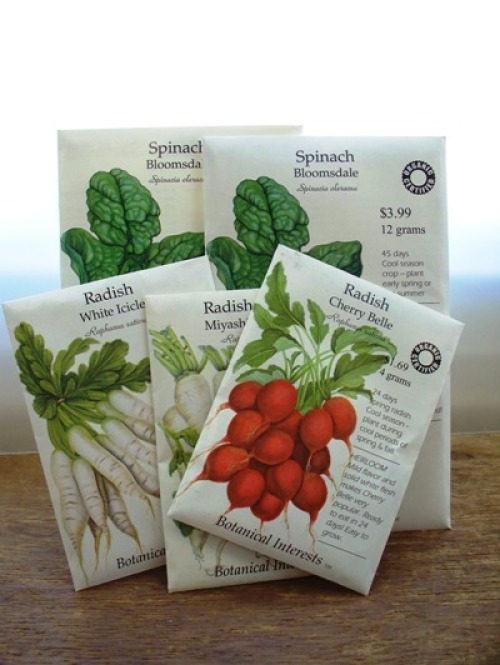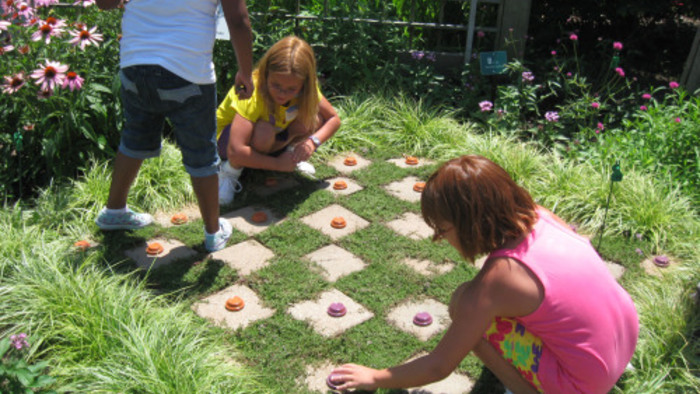
Gardeners as Matchmakers
With so many chores on the gardening to-do list, the last thing most gardeners want to do is play matchmaker. But anyone who’s planted marigolds near tomatoes or radishes with spinach knows the benefits of matches made in the garden.
Whether planting vegetables together to improve flavor or using one vegetable to lure insects away from others, there are many mates that can help save garden space, control insect pests and encourage a healthier garden.
Opposites Attract
The old saying about couples is one approach to matchmaking in the garden. “Opposites attract” is a good way to remember to use intercropping to take advantage of unused space in the garden. Think about planting between rows of crops or planting deep-rooted plants to grow with shallow-rooted ones, like planting radishes between rows of tomatoes.
Another way opposites attract is whenever short season crops are planted with crops that take much longer to mature. For example, leafy greens can be interplanted with fruiting vegetables, like tomatoes, to conserve valuable garden real estate.
Botanical Buddies
Some plants make perfect partners when grown together in the garden and team up to help each other thrive, like radishes planted with spinach. Radishes act as a decoy plant to attract destructive leaf miners to their tasteless leaves and away from tender spinach. The radish doesn’t mind.
Other combinations prevent insect pest problems and reduce or eliminate the need for chemical pesticides. These plants act as natural pesticides by emitting insect-repelling chemicals through their leaves or roots. Anyone familiar with the distinctive odor of marigolds understands why pests choose to stay away from that pungent flower.
Marigolds also help control harmful nematodes, a microscopic soil pest, by secreting a substance through their roots. Plants that are susceptible to nematode damage, like tomatoes, benefit when marigolds are sown close by.
Insect pests that locate their food by smell can be confounded when gardeners cultivate strong-smelling plants. Garlic, onions, chives and other heady herbs provide a good disguise to protect tender greens. Leeks and carrots also become good friends in the garden. Planting combinations of vegetables together means the plants can join forces to repel each other’s pests.
Caretaker Plants
Some plants are simply good friends and help other plants by just being there for them. Short, shade-tolerant plants can enjoy the protection provided by tall, sun-loving plants. Lettuce appreciates the shade it receives when planted with something taller, like flowering tobacco.
Another example of a caretaker plant is one that provides essential nutrients to help others thrive. Peas, beans and clover are well-known for their ability to produce usable nitrogen which helps feed their neighbors.
In addition to helping each other grow, some compatible plants improve the flavor of their garden pals. The taste of tomatoes gets a boost whenever basil is planted close by. An added advantage is the herb also repels flies and mosquitoes.
The only requirement for planting caretakers is to make sure each plant’s soil, nutrient and water needs are similar.
The Law of Attraction
While some plants produce odors or substances to drive pests away, other plants provide nectar or pollen for attracting beneficial pollinators into the garden. Bees will be invited to linger longer if bee balm is in close proximity to the garden, especially near the tomato patch.


















Comments
Log in or create an account to post a comment.
Sign up Log in